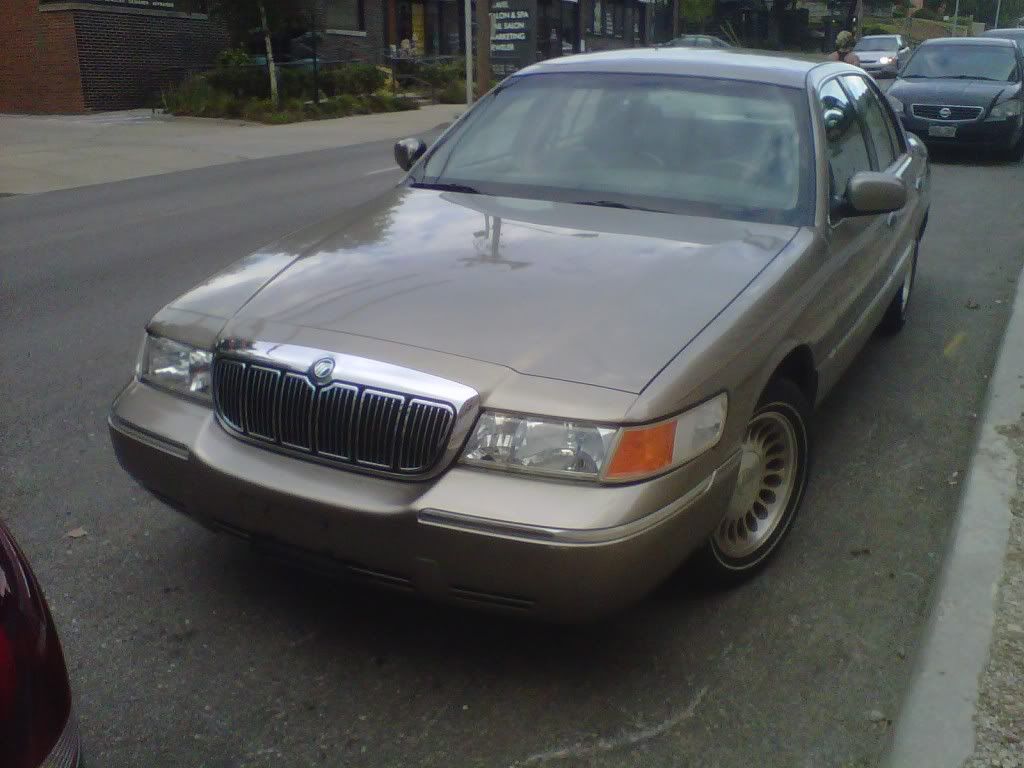inigo88
Composite-lover
There are a lot worse places to be stuck!
You beat me to it! I love SLO, and have been dying to fly into SBP. (@Autothrust Blue hook a brother up with a TwinBo ride?
There are a lot worse places to be stuck!
I hate Continental powerplants.
They are kind of a pain mx-wise, but man, they make a smooth running and nice sounding engine.
Makes me want to fly up there just for that. Hey mshunter, are you still stuck? Need a TwinBo ride out of there?
They are kind of a pain mx-wise, but man, they make a smooth running and nice sounding engine.

I don't know, my GO-480s have yet to fail me even in minor ways.They are kind of a pain mx-wise, but man, they make a smooth running and nice sounding engine.
I hate Continental powerplants.
Yes, a damn Cirrus has me stuck in SBP right now because the starter can only swing one blade throug. Even with a jump hooked up at 28 volts, it still only swings one blade through. Now I remember why I hate Conies, they have crappy starters! A Lycoming would spit pieces out the tail pipe before it gave up the ghost.
Roger Roger
I've got about 1100hrs behind IO520s, and now somewhere around 1400hrs in IO and TIO 540s. Frankly, I like the IO520 better. It runs smoother, it's easier to start, and I never had so much as a hiccup flying the things around. The lycomings hiccup, and shake, and rattle, and I've had mag problems most frequently with the Lycomings. They do produce more power for longer in the big bore motors, and seem to require less finesse with throttle than do the Continentals, so it's kind of a wash. The IO520s do not - I mean really, really, really, do not - like heavy handed power reductions. They will crack and spit oil and even audibly moan at you if you fly them like how you can fly the IO540 - especially when it's cold. The IO540s seem to be fine with a little more abuse without wearing out as hard. My first high performance airplane was being pulled around by an IO520 though, so I might be biased, but I really love the smoothness of the continental. I mean, yeah, there is a plethora of reasons why the Lycoming is better for somethings, but man, I like the sound the Continental makes on the ground, I like sitting behind it in the air, and I like the smooth ride. Sometimes, sitting behind or beside an IO540, I'll just start to noticeably feel the vibration of the engine, and it spoils some of the magic for me. When I fly, I want an engine that humms like a kitten at cruise, and roars like a lion for everybody within a substantial radius on takeoff. I want an engine with a dipstick sticking out of a convenient side hatch, where I don't have to unscrew a cap that has practically welded itself to the case on the 20 minute flight. I want an engine whose manufacturer tells you to fly it at 10 quarts and it actually seeks 10 quarts as level. I want an engine where the flight manual doesn't have to advice pilots to reduce electrical loads when flying through rain because of the location of the alternator. There are a whole host of reasons why I like the Continental better, but probably, it's because the continental was my first high performance engine, and so she'll be my preference because of timing rather than any particular superior qualities.
The only things I didnt really like were the lean assist function and...
CirrusMonkey said:The only Cirrus I ever flew was the SR-20 back in school when they first came out. The only things I didnt really like were the lean assist function and the fact that it can't climb for beans. But man how I'd love to see that girl again.
2 blade or 3? I've only flown an SR20 with a 3 blade. Good climb.
2 blade or 3? I've only flown an SR20 with a 3 blade. Good climb.
mshunter said:Don't know what one you were flying, but the two that I fly on a regular basis, with two, fuel to the tabs, they both get a best of about 600-700fpm down low. Once you get to altitude, it goes down real fast. They are dogs. But, look at the mission of it. For what you pay, and what you get, I'd much rather fly a -20 than a 172.
I have about 1600 hours in Continental IO520s and 550s, mostly in Barons. I also gave a little over 1,000 hours in IO540-720 Lycomings. You know what I have learned in that time? I really like my PT6!
A Captain I flew with the other day has had three failures (in umpteen thousands of hours, mind) of the PW118A/B with Hamilton Sundstrand 14RF9 Commuter powerplant on the Bro: turboprops do fail, too. Two PT-6s = even better.Isnt this the truth!
Just out of curiosity, are we talking bonafide parts ejected from the cowling and/or tailpipe failures, or are we talking in-flight shutdown due to loss of oil pressure, control/indication anomalies, or other precautionary shutdowns?A Captain I flew with the other day has had three failures (in umpteen thousands of hours, mind) of the PW118A/B with Hamilton Sundstrand 14RF9 Commuter powerplant on the Bro: turboprops do fail, too. Two PT-6s = even better.
(Even if the second reciprocating engine on my light twin is there to get me to the scene of the accident, I still feel better having that second engine than without it.)
